Building a Better Snowflake: An Interview with Kenneth Libbrecht
Something in the air
Margaret Wertheim and Kenneth Libbrecht
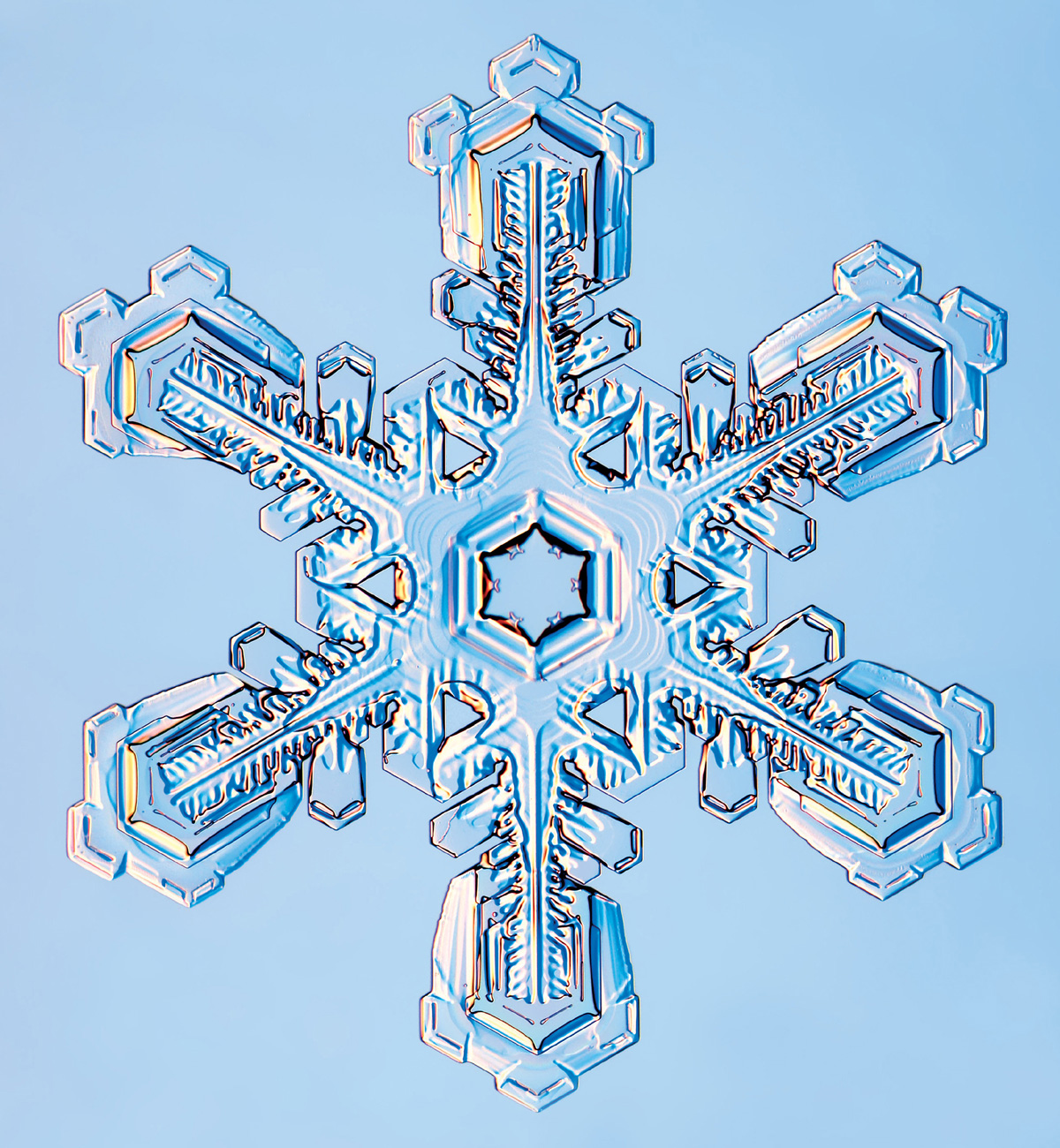
How full of the creative genius is the air in which these are generated! I should hardly admire them more if real stars fell and lodged on my coat.
—Henry David Thoreau, Journal, 1856
Meteorological definitions distinguish a single “snow-crystal” from the more general term “snowflake,” which may also apply to clusters. In the 1930s, the Japanese physicist Ukichiro Nakaya set out to study snow crystal formation in the laboratory, attempting to grow individual crystals suspended on a thread. Today, Kenneth Libbrecht, Chairman of the Physics Department at Caltech, follows in Nakaya’s footsteps, trying to understand the mechanics of ice crystal formation at varying degrees of temperature, pressure, and humidity inside purpose-built pressure-cooker-sized chambers. Spurred on by thousands of volts of electricity, Libbrecht’s snow crystals sprout like tiny flowers from the ends of miniature ice needles. His research focuses on crystallization at the boundary of the quasi-liquid layer that surrounds all ice structures—a layer that was first suggested by the nineteenth-century physicist Michael Faraday. Though Libbrecht now lives in sunny California, he grew up in North Dakota and has plenty of experience shoveling snow. In 2005, he gave a talk about his work at the Institute For Figuring in Los Angeles. In January 2008, IFF director Margaret Wertheim caught up with him in his office for an update and a discussion about physics, big and small.
Cabinet: How did you get started studying snow crystals?
Kenneth Libbrecht: It was one of those funny things. I was sitting around talking with a postdoc and we were thinking about what we could do that would be new and interesting. We started talking about growing levitated crystals, and looking at the physics of crystal growth. So I asked myself, what would one grow? You could grow silicon, but that’s been done to death. Then I thought, ice would be easy to do. Of course you would grow it from vapor, because the physics is easier, and I thought, well, that’s just snowflakes! So I read up on this and discovered how little was known about the physics of crystal growth in general and of ice crystals in particular.
Are there things about ice crystals that make them particularly hard to understand?
With ice, the growth varies with temperature and with the degree of supersaturation, which is air humidity above 100%. People have made crude measurements but the models didn’t fit very well. The fundamental question is how molecules hook up to form a solid lattice. At the beginning of the experiment you’ve got a vapor, and at the end you’ve got a lump of ice. What are the dynamics of this transformation? How do molecules connect to form a crystal? Things like that are the underpinnings of physics. Ice is a wonderful case study. There are two ways to do science—you can either study everything at once and look at generalities, or, what I like, which is to take one specific thing and try to understand the details. I’m an experimentalist—I like to build things—and ice is a great material to work with.
It seems astonishing in an age when we keep hearing that physicists are on the verge of having a “theory of everything” that we don’t understand small things like snowflakes.
There’s an old physics joke about this: Einstein dies and goes to heaven and he meets God and asks Him about the theory of everything. God explains and Einstein goes, “Ahhh, that’s beautiful! I should have thought of that.” Then Einstein asks God about turbulent convection, and God says, “I’m still working on that myself.” When you put a pot of water on the stove and boil it, you get convection, and a little thing like this we don’t understand. There are many such puzzles in science; for instance, whenever you have complex systems. In the case of snowflakes, it is somewhat simpler because you are forming a regular lattice, but it’s still the molecules jostling around that causes the shapes to form. When you look at a snowflake, you have to understand what’s happening at the molecular level, and then you have to understand how that translates into a large-scale structure, which we really don’t understand. In a sense, it is a precursor to biology. A tree grows from a seed; how does that work? It’s very complicated.
People often think of physics in terms of the “big questions”—the structure of the universe, the nature of matter, and so on. With snowflakes you’re studying something little and “mundane.” Yet it seems to open out to very fundamental issues in physical science.
I do think this is fundamental physics. It’s a little like when Michael Faraday, the great nineteenth-century physicist, first learned how magnetic fields can produce electric currents, and someone asked him what that was good for? His famous response was, “What good is a boy … He grows to be a man.” There are many examples of scientists studying wacky things that became useful much later. One of my favorites is liquid crystals. They’re funny liquids that have unusual optical behavior. They also have some crystal-like properties and chemists fell in love with them in the 1920s just because they were weird. In the 1920s no one said, “Gee, this is going to make a great display for a video game someday.”

Michael Faraday also speculated about how ice forms, and a number of other great physicists, including Johannes Kepler and René Descartes, actually studied snowflakes.
Kepler wrote a treatise on snowflakes. He asked: Why do snowflakes have six-fold symmetry? He observed that when you stack cannon balls, there is also a six-fold symmetry and he wondered if snowflakes might be formed in a similar way. This was in the 1500s, and the molecular view of matter was not invented yet. It was very insightful at that time to look at crystals this way given that it wasn’t until the early 1900s that we could prove by using X-rays that molecules were part of crystals. And when it comes to the shapes of the crystals and why they have the particular shapes that they do—we still haven’t solved that problem.
In your book you have a taxonomic scheme for various snow crystal shapes. How did this classification scheme come into being?
People are used to classifying living things—either they reproduce together and constitute a “species” or they don’t, assuming it’s a sexual species, of course. But in the case of snowflakes, it’s more like classifying bread! You have pumpernickel, whole wheat, and white bread. But what if you mix a little pumpernickel with whole wheat? Then you have something else. What you choose to call by a different name is up to you. You can make up as many categories as you want. Breeds of dogs are similar. I’m not an expert on dogs, but I’m told there is a committee that decides what’s a breed and what isn’t. When you classify dogs or bread you have a lot of leeway on what you decide is a classification. And the same is true of snowflakes. It’s an inexact terminology. On the other hand, when you go outside and look at what’s falling out of the sky, you do see recurring themes. And some of these cry out for classification.
There are stellar dendrites and needles and hollow columns and capped columns and certain types of shapes that you see over and over again. Those are well-established classifications. Then you can add more nuances. The number of classes of snowflake ranges from seven to eighty, depending on which scheme you like. I have my own scheme, which has thirty-five. My scheme is based on how they grow. I’m always encouraging people to get a magnifying glass and go look. There’s a lot to see with just a two-dollar magnifying glass.
You are also following in the footsteps of the Japanese physicist Ukichiro Nakaya, who pioneered the classification of snowflakes. Tell us a bit about his work.
Nakaya was a student in the 1920s trained in nuclear physics. Like many physicists, he had trouble finding a job because there are only so many positions for nuclear physicists. He couldn’t get a job in Tokyo and ended up at the University of Hokkaido in the snowy north. There were no nuclear facilities there, so he had to find something else to do. In Hokkaido they get wonderful snow, so he decided this was an opportunity and started studying snowflakes. He was the first serious scientist to do this. He went outside and categorized things, but more importantly he started growing them in the lab under controlled conditions. Nakaya found out they grow differently at different temperatures—which is still a fundamental problem. We don’t understand why that is. He wrote a wonderful book called Snow Crystals about how you do science starting from nothing.
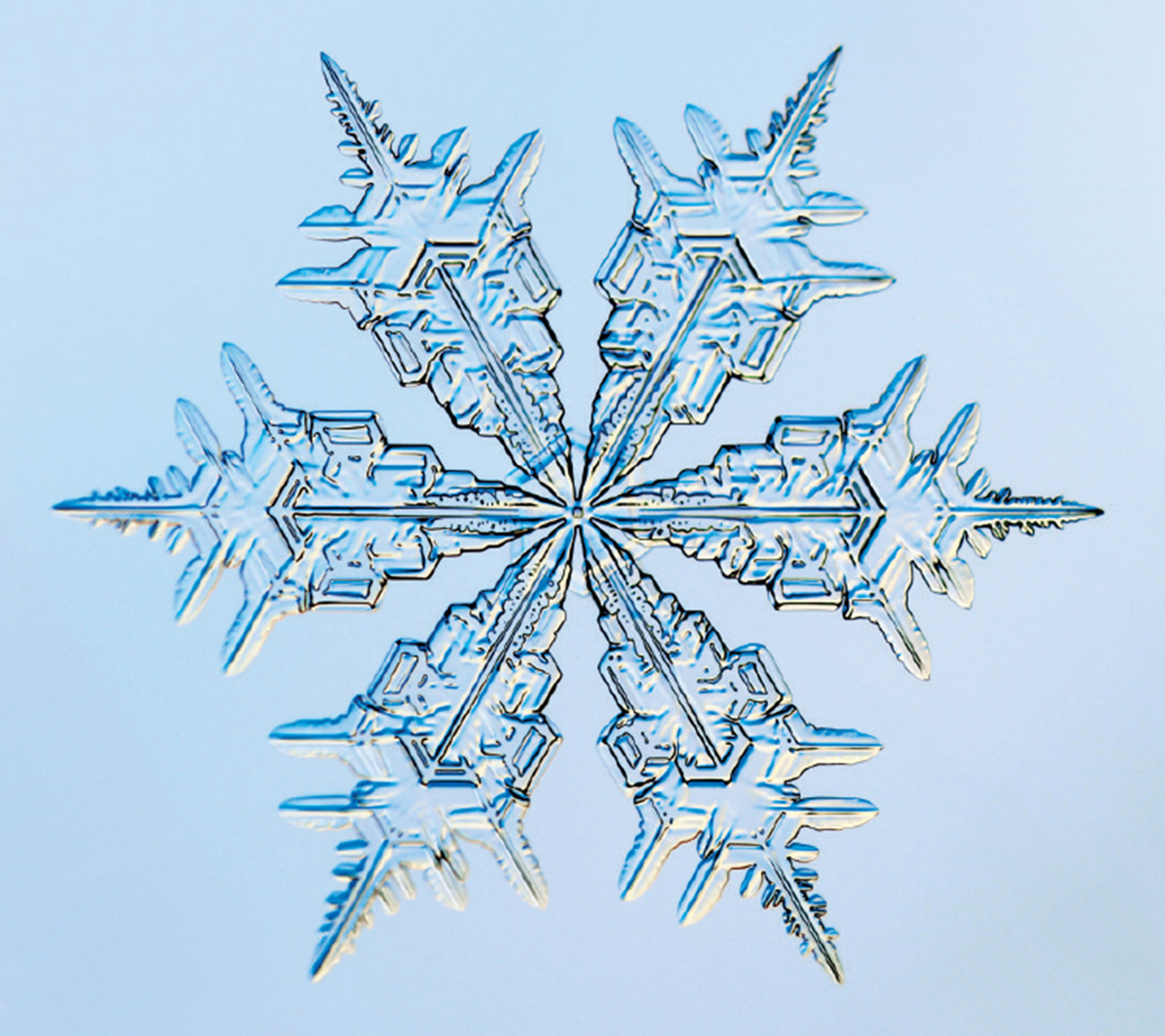
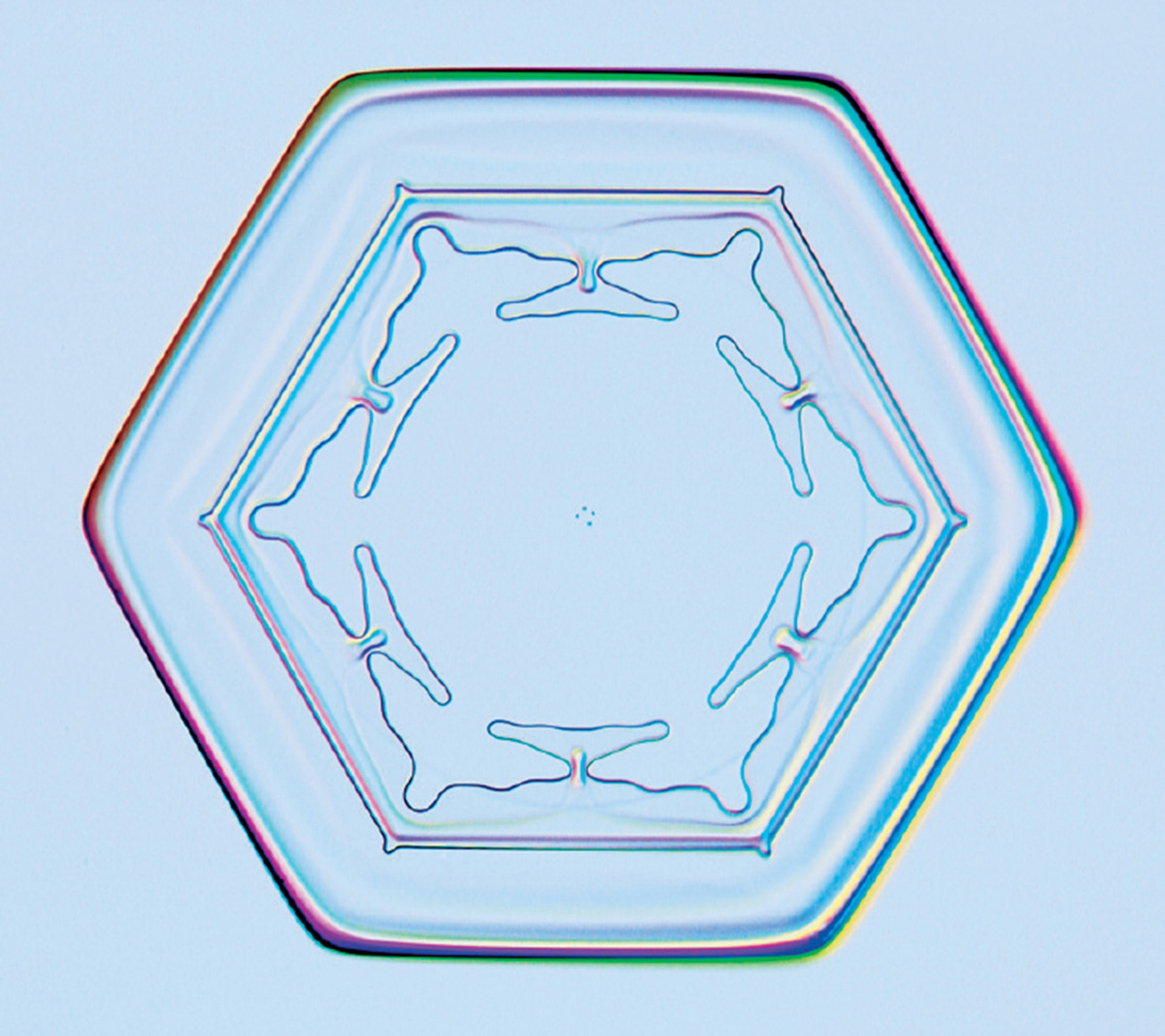
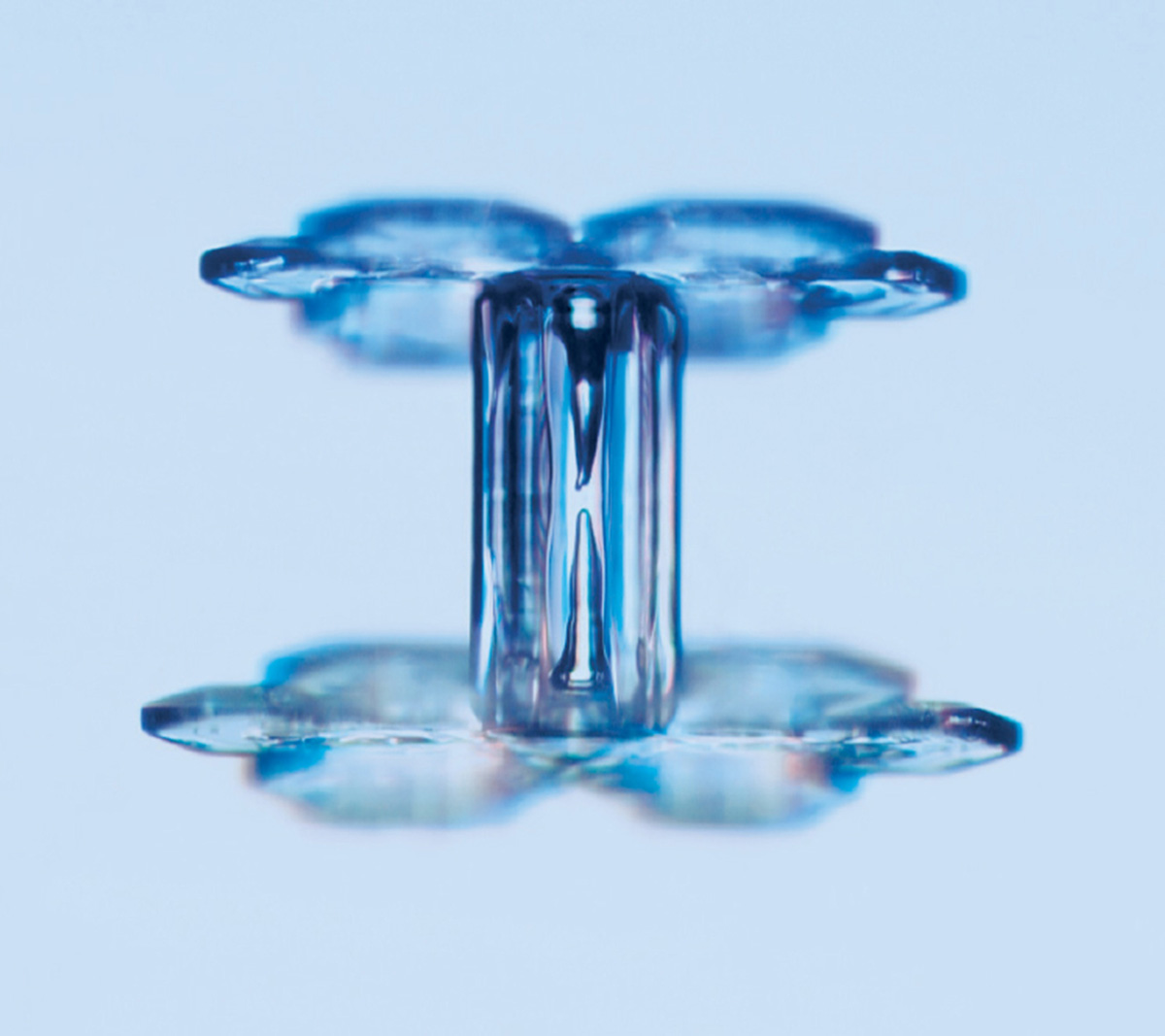
He tried to grow snow crystals on different kinds of threads. What did he use?
He wanted to understand snow crystals as they fall out of the sky—which is basically single ice crystals. But when he tried growing them in the lab, mostly he got frost, which is a whole collection of crystals interfering with each other. This makes it hard to see what’s going on. It’s not easy to grow single crystals—you need something for them to grow on. In the sky, they grow on dust particles. Nakaya tried all sorts of things: silk, spiders webs, fine wires. Finally, he found that rabbit hair worked well. He decided it was because the hair is covered in a thin film of residual oil. It has these knobby things on it every now and then, and the knobby things are where the crystals start to grow. He was able to grow individual crystals provided he dried out the rabbit hair beforehand in a desiccator. We’re doing similar things, but we’ve got a different technique. I never liked the rabbit hair.
You’ve tried rabbit hair?
I did. It didn’t work very well for me. I think we’ve got a better way. We grow crystals on the end of an electric wire charged up to 2,000 volts. When you turn on the current, a needle of ice grows from the end of the wire. It is very, very thin, and then if you turn off the voltage, the needle growth stops and an individual crystal starts to grow like a flower from the end of the needle. We grow them at different temperatures, humidities, and air pressures.
How do you go about creating these conditions?
I spend a lot of time worrying about that. We grow our crystals in specially built chambers that I’ve designed. One of the simplest ways is to use a convection chamber. You get a big tank, about a meter in size, and you cool the whole thing off using a refrigerator. If the air inside is supersaturated, then the conditions are right for ice crystal growth. But first you have to nucleate the process. One way is to make a little pocket of compressed air and open up a valve so it expands rapidly. It sort of goes “pop.” You can also use a little bubble pack for this—that nucleates crystals very well. Or you can drop a little piece of dry ice in. After the nucleation, you shine a flashlight in, and you can see thousands of crystals sparkling in the air. Sometimes we just look at what’s falling in the chamber to see how they grow under different conditions. There are different types of chambers, not only convection chambers but also diffusion chambers. Another one I’m working on mixes two types of gas together to form supersaturated air.
You are using the word we. Do you have a group of people who work with you?
Mostly it’s a unitary group—just me and my Visa card. Occasionally, I get an undergraduate student who comes in for the summer. But there’s no money for postdocs and graduate students . I’ve never found any funding for this, so I sell my snowflake books and get a little money that way. It’s not really a field; it’s a hobby. I enjoy it immensely, and I wish I had hundreds of thousands of dollars to spend on it. But once you get a lot of funding in a field, you get a lot of other people working on it too, and then it becomes mainstream. So, it can’t be a hobby anymore.
As a photographer of snowflakes you are following in the footsteps of Wilson Bentley. Many people have loved his books. Are you are becoming the new Bentley?
I don’t know about that, but I have gotten into the photography. Many people have their real occupation and their secret “wish they had been” occupation. I’ve always wanted to be an artist, or at least a graphic designer. But I don’t have a lot of talent in the art department. So this is my kind of art, nature does all of the creating for you. And the technical aspects of photographing the snowflakes really suit my scientific side. I just love the pictures.
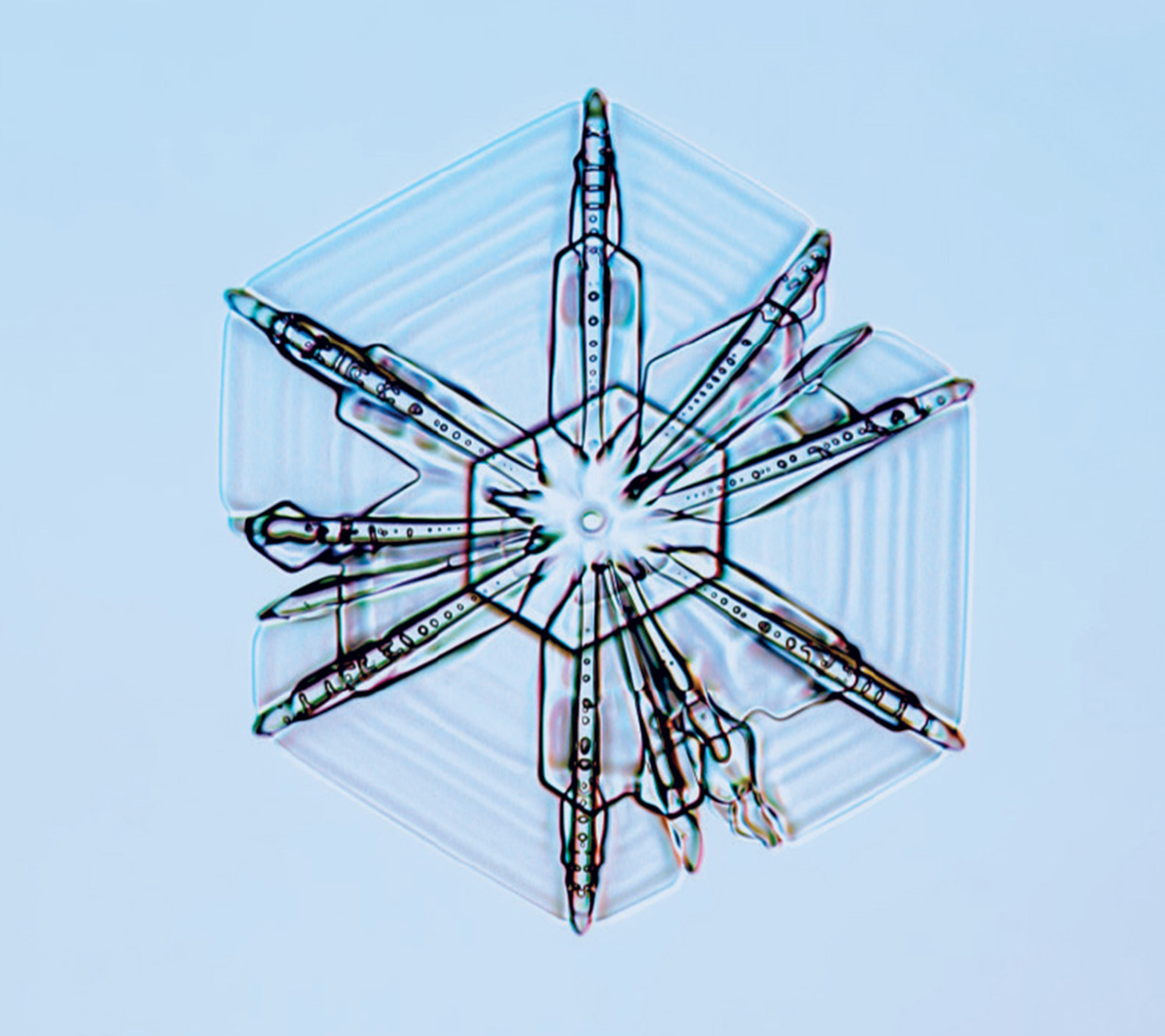
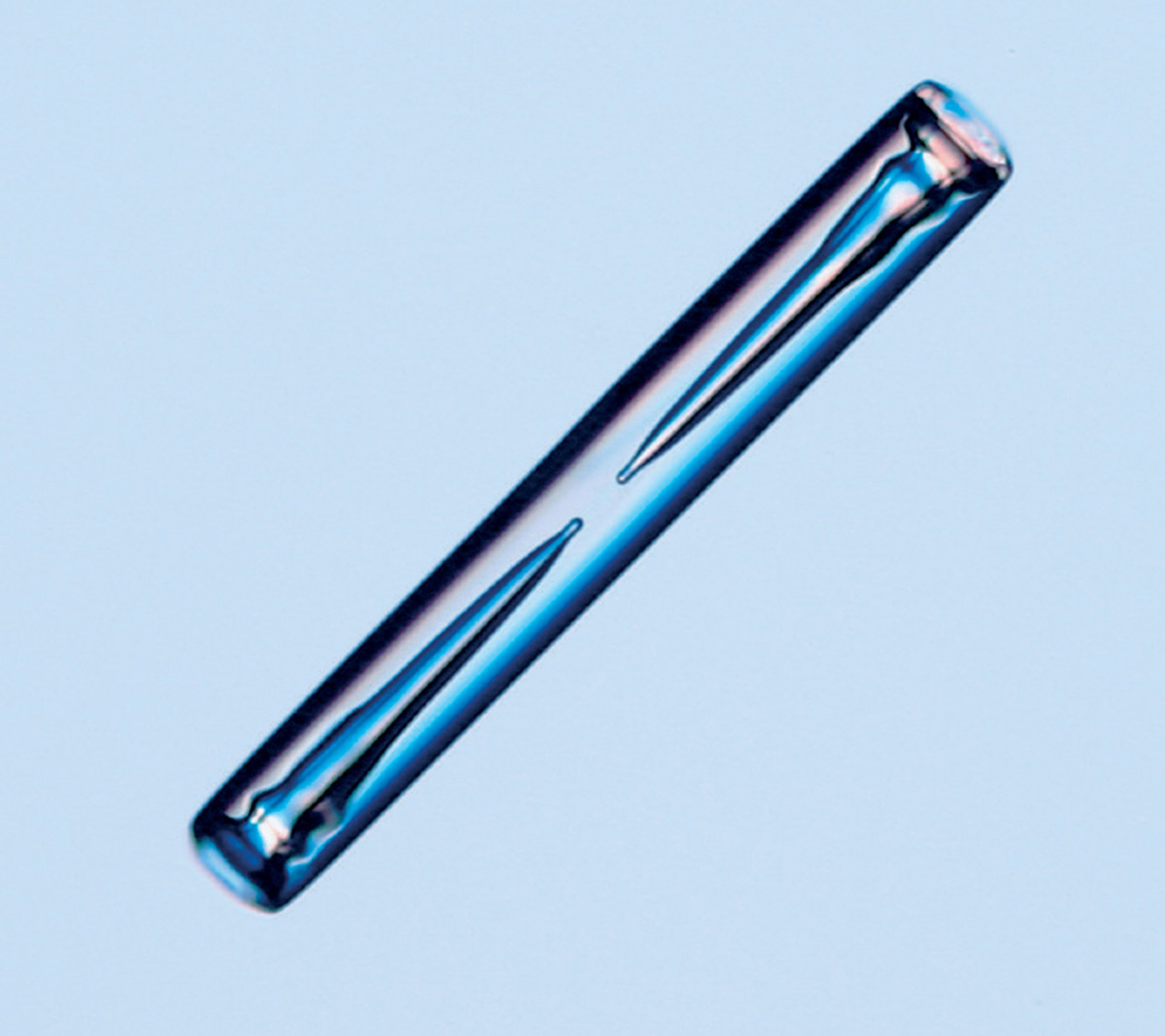
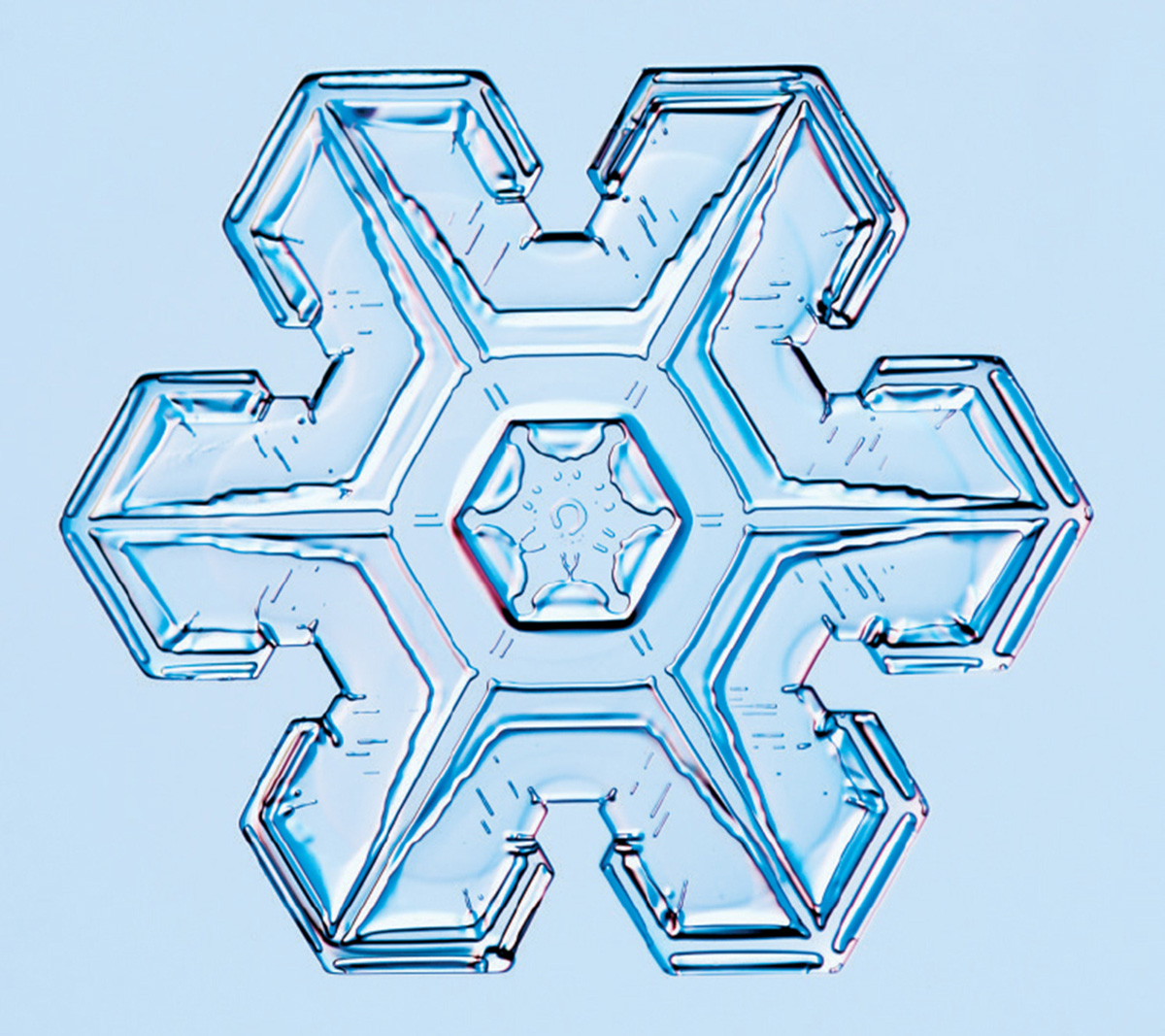
Most of the time at Caltech, you’re not working on snowflakes but on the enormous LIGO experiment.
That’s right. LIGO stands for the Laser Interferometer Gravitational-Wave Observatory, and it’s an astrophysics project designed to look for gravitational radiation, which is a little like ripples in space-time. Einstein talked about this and predicted them, although at the time he dismissed them as being far too weak to ever be measured. Now we’re hoping we can. What creates gravitational radiation is large masses undergoing high acceleration. We’re talking about things like colliding black holes, neutron stars, and supernovae—very violent events involving very dense objects with high mass. There could even be a primordial gravitational radiation out there that is a remnant from the Big Bang.
I am a small player on a big project—it involves around three hundred researchers worldwide. It’s one of the biggest and costliest projects in physics today. One reason I like to work on snowflakes is that it’s very small-scale and fast—almost an anti-LIGO. It doesn’t require great sources of funding, and it doesn’t require a lot of people. You can do an interesting experiment in a month. On the other hand, the outcome is not nearly as profound.
But in a way it’s equally profound, because, as you say, you are helping to understand the development of complex forms, which is one of the hardest problems in science. It’s such an interesting conjunction: the official side of your life is working on one of the biggest experiments in physics, and then you are studying snowflakes. Are there any lessons here that science isn’t just about cosmology but also about the “mundane” things around us?
It is almost funny that we spend most of our efforts on certain areas of science—black holes, string theory, and so on. Then there are the things that are left behind. There is a tremendous amount of opportunity for people who do want to make some small mark. Most physicists want to work on quantum field theory and the theory of everything. Well, that’s pretty hard to do! First of all, some of the smartest people on the planet are working on that, so if you want to make a contribution, that’s tough. Whereas, when I got into snowflakes I found there was hardly anybody doing anything. So, it was easy to start thinking about what’s going on. There are many things like this.
Do you think physics has become too focused on grand cosmological questions?
Cosmology is about the universe, and there’s no question that is good stuff! At the same time, I don’t think everyone should do that. I’ve worked in fields where I’ve felt that if I didn’t get up in the morning and come in and do whatever I had to do, somebody else would just do it. Whereas, with snowflakes, if I don’t get up in the morning and do it, nobody else is going to. As I tell my wife, those snowflakes aren’t going to grow themselves.
Kenneth Libbrecht is chairman of the Physics Department at the California Institute of Technology. He has published numerous books on snow crystals; the latest news and views of snow crystal research can be found at his website www.snowcrystals.com.
Margaret Wertheim is founder and director of the Institute For Figuring, a Los Angeles-based organization dedicated to the aesthetic and poetic dimensions of science and mathematics. She is currently working on a book about outsider physics and the role of imagination in theoretical science.
Spotted an error? Email us at corrections at cabinetmagazine dot org.
If you’ve enjoyed the free articles that we offer on our site, please consider subscribing to our nonprofit magazine. You get twelve online issues and unlimited access to all our archives.